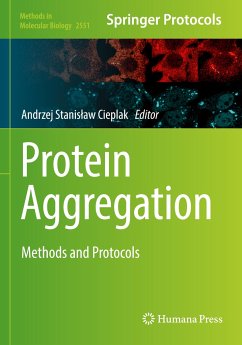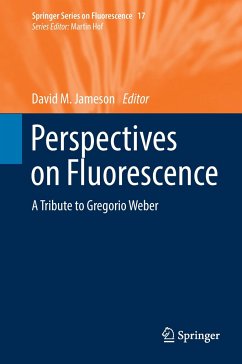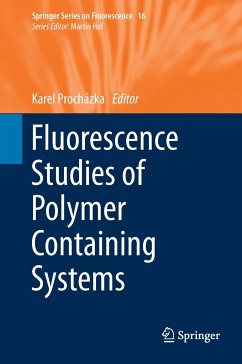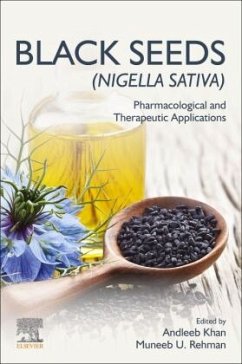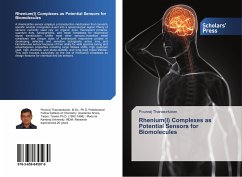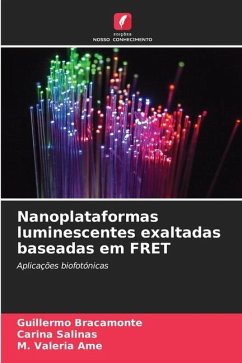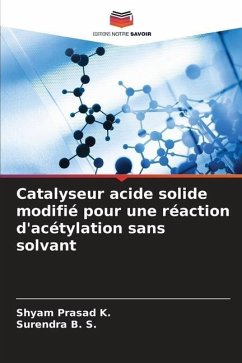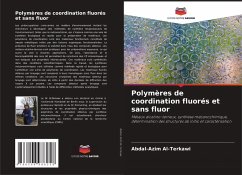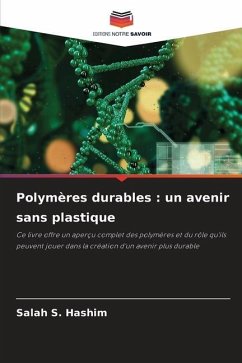
Protein Aggregation
Methods and Protocols
Herausgegeben: Cieplak, Andrzej Stanislaw

PAYBACK Punkte
95 °P sammeln!
The volume details techniques, methods, and conceptual developments to further the study of protein aggregation with emphasis on the pleiomorphic proteins implicated in etiology of neurodegeneration. Chapters guide readers through in vitro and in vivo studies of fibrillization and liquid-liquid phase separation processes, and offer a comprehensive account of the state-of-art of structural studies of protein aggregation. Written in the format of the highly successful Methods in Molecular Biology series, each chapter includes an introduction to the topic, lists necessary materials and reagents, ...
The volume details techniques, methods, and conceptual developments to further the study of protein aggregation with emphasis on the pleiomorphic proteins implicated in etiology of neurodegeneration. Chapters guide readers through in vitro and in vivo studies of fibrillization and liquid-liquid phase separation processes, and offer a comprehensive account of the state-of-art of structural studies of protein aggregation. Written in the format of the highly successful Methods in Molecular Biology series, each chapter includes an introduction to the topic, lists necessary materials and reagents, includes tips on troubleshooting and known pitfalls, and step-by-step, readily reproducible protocols.
Authoritative and cutting-edge, Protein Aggregation: Methods and Protocols aims to be useful and practical guide to new researchers and experts looking to expand their knowledge.
Authoritative and cutting-edge, Protein Aggregation: Methods and Protocols aims to be useful and practical guide to new researchers and experts looking to expand their knowledge.





